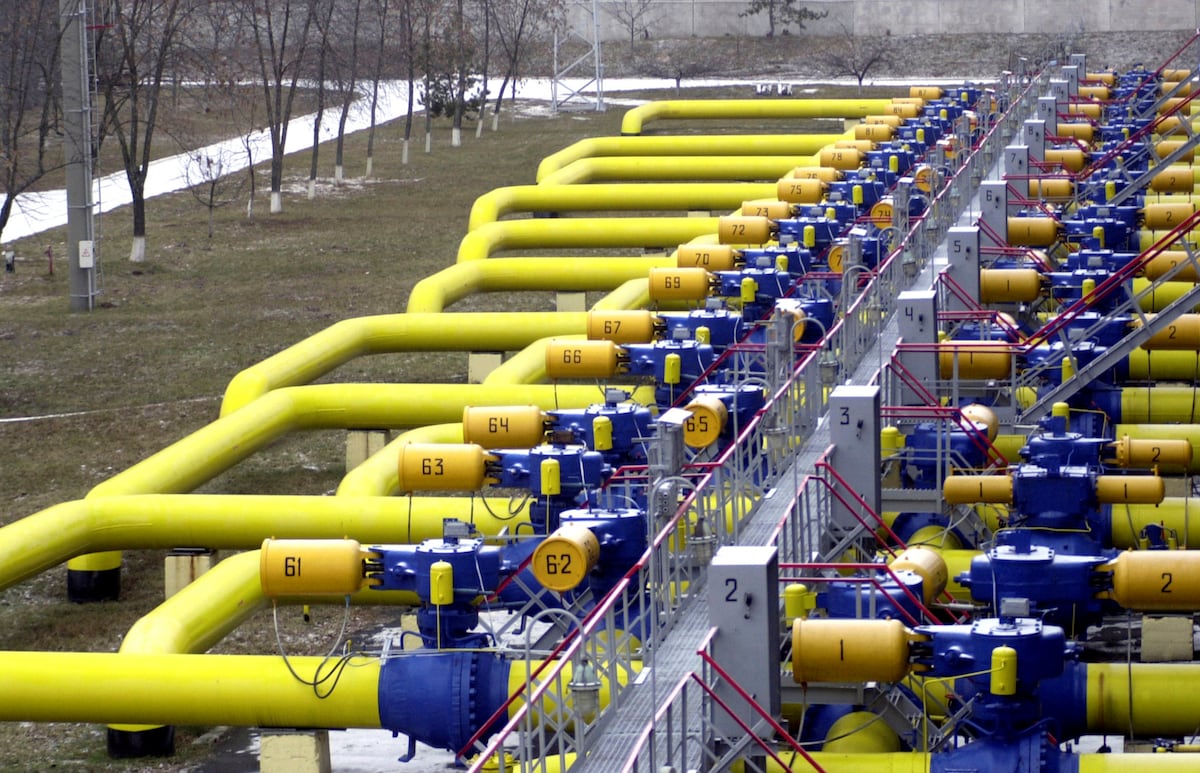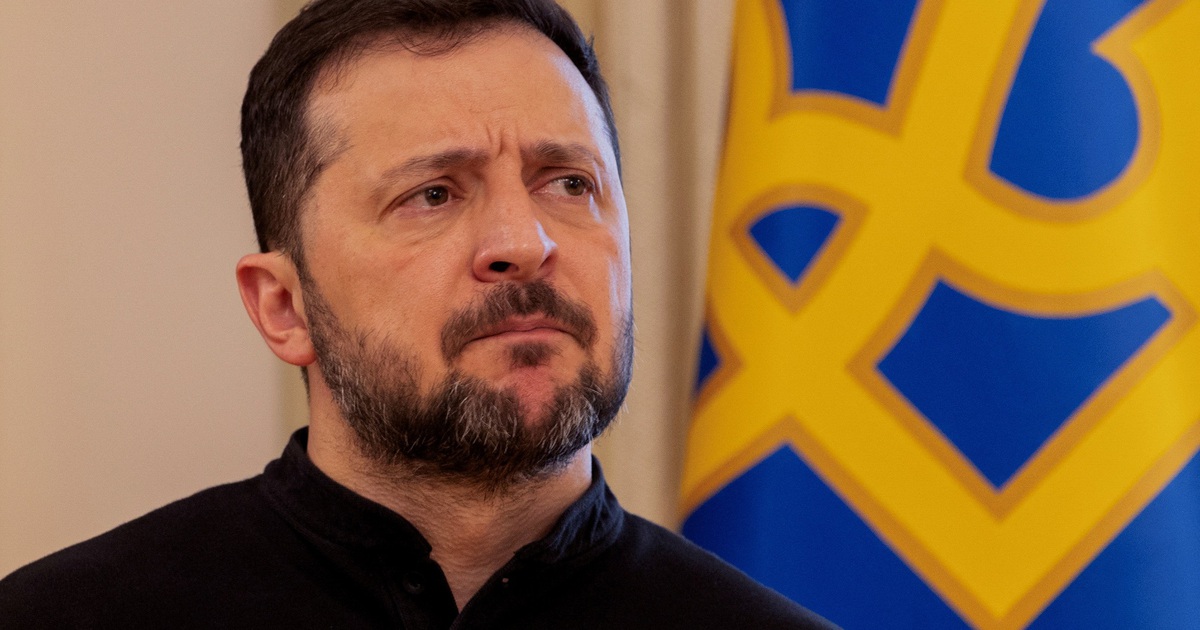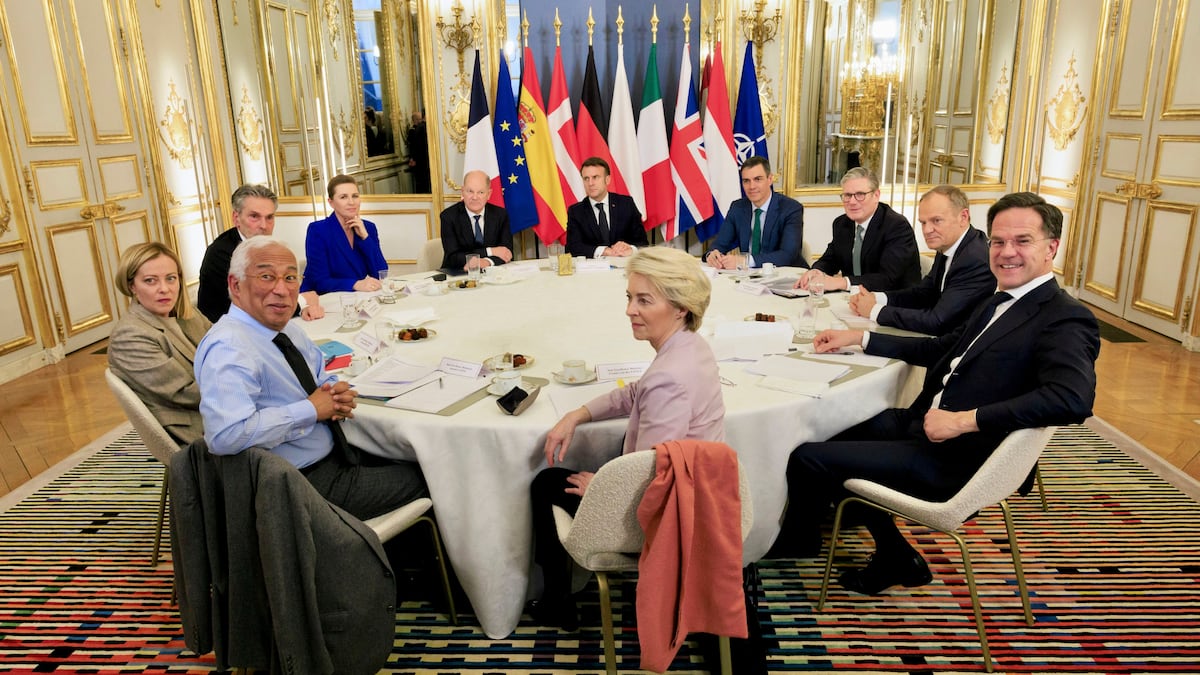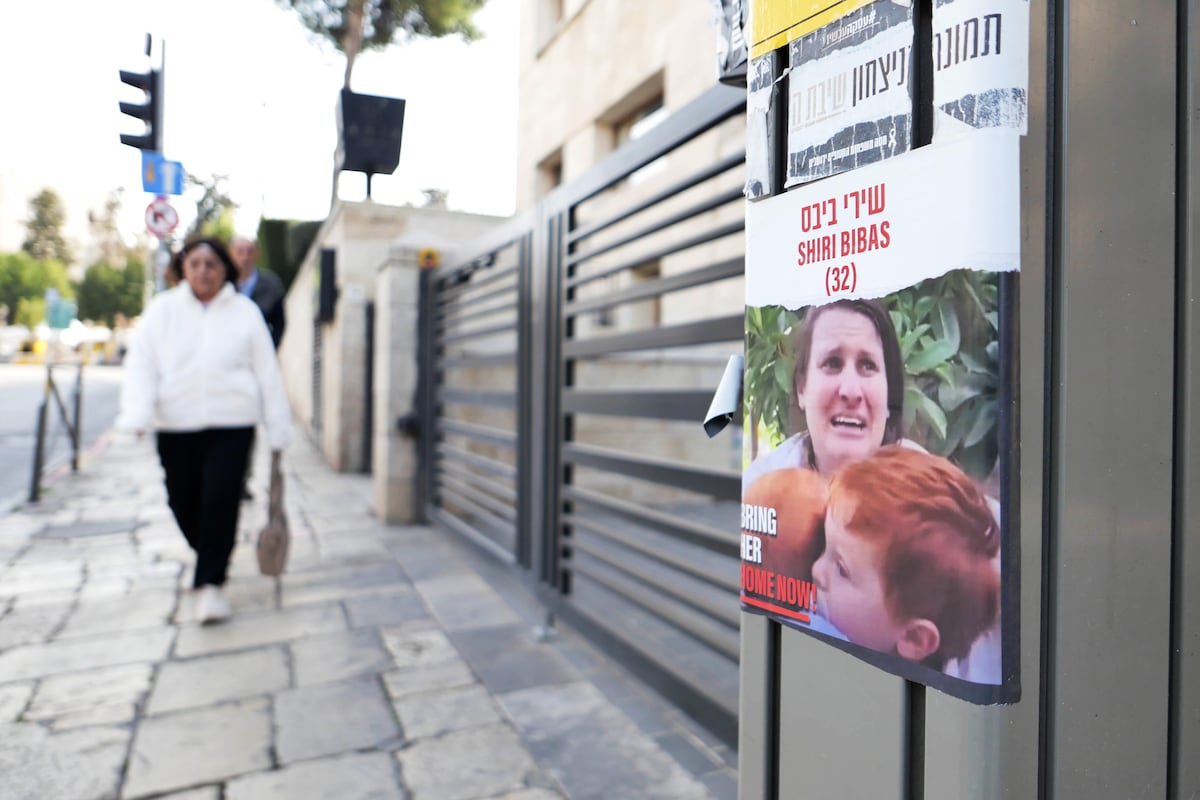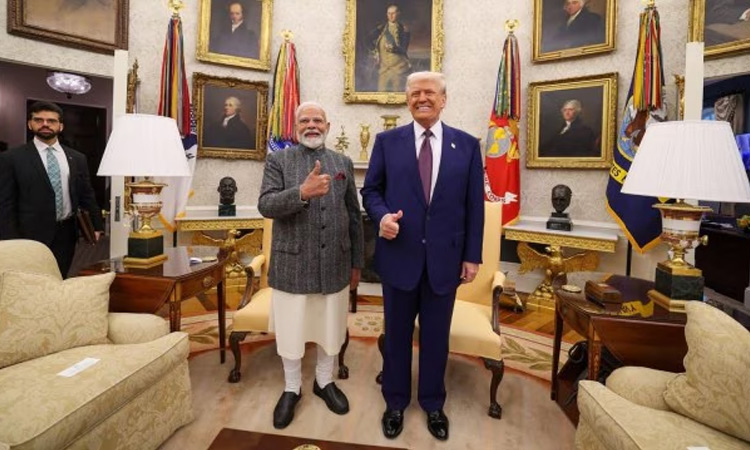Europe faces the third winter since the full-scale Russian invasion of Ukraine with some loose ends and something that is beginning to become certain: that Russian gas flows through that country, one of the great paradoxes of the war, will end the December 31, despite resistance from countries like Hungary and Slovakia. “At the end of the year we will see the end of the agreement for gas transit [a través de Ucrania]. I have reaffirmed to the ministers [de Energía de los Veintisiete] that we are ready for it,” the European Commissioner for Energy, Kadri Simson, who is finishing her last weeks at the head of the portfolio, dropped late this Tuesday.
“There are no excuses: the EU can live without Russian gas,” the Estonian politician emphasized. “Countries in central and southeastern Europe have diversified their supply options to completely replace the 14 bcm [millardos de metros cúbicos] of Russian gas that still transit [cada año] for Ukraine. (…) I will be clear: it is not necessary and if the Member States prefer to continue importing it, going even beyond the contracted capacity or signing new agreements, they will be making a dangerous political decision,” warned the European Energy Minister, adding pressure to the capitals and companies that decide to maintain this commercial relationship with Moscow. His words are a clear warning to sailors; especially for Viktor Orbán’s Hungary, the Kremlin’s closest European partner.
The official position of the president of the community Executive, Ursula von der Leyen, is that the decision on the future of the Ukrain Transit – as the pipeline that runs through Ukraine from east to west is known – is the exclusive responsibility of kyiv. And that the EU would not hold negotiations for its extension over time. “The costs of dealing with Russia are not only measured in the price of gas, but also in the lives lost in Ukraine,” Simson stressed this Tuesday.
Renewed at the end of 2019 – when the relationship between kyiv and Moscow was strained, but there were still trade and communication channels – the contract between the state-owned companies of Russia and Ukraine, Gazprom and Naftogaz, for the supply of Russian gas to the EU under Ukrainian soil contemplates the entry of fuel into community territory until the end of the year. Although current volumes are infinitely smaller today than before the war, the contradiction is evident: the invader’s fuel continues to flow through the invaded country.
The Ukrain Transit is one of the only two land access routes for Russian gas in the Twenty-Seven. The other is the Turkstream, a pipeline that crosses Turkey and enters community soil through Bulgaria and Romania, and through which, far from decreasing, the flow so far in 2024 is at multi-year highs, according to figures from the Brussels Bruegel studies. Both the Nordstream, sabotaged in September 2022, and the Yamal, which entered through Belarus and Poland, have been at zero since a few months after the start of the invasion.
Gas continues to arrive by ship
The gas pipelines, however, are only one part of the equation: the enormous quantities of Russian fuel continue to arrive by ship, week after week, to European coasts. Especially, to France, Spain and Belgium, the countries that have the greatest capacity for processing and regasification of the liquefied natural gas (LNG) that travels, frozen, in the tanks of LNG tankers. Minor before the invasion, these imports have skyrocketed compared to pre-war levels.
A dozen EU countries (Austria, Czech Republic, Estonia, France, Croatia, Finland, Latvia, Lithuania, Luxembourg and Sweden) have prepared a document in which they demand from the European Commission “more transparency” about “the identity of “gas suppliers that import Russian gas,” according to the text to which Morning Express has had access. They acknowledge that the purchase of LNG has increased, but they believe that “these data do not offer a complete picture of the situation”, which is why they demand more information.
For this group of countries, this transparency is necessary before one of the last sanctions imposed on fuels from the Eurasian giant comes into force on March 31, 2025: the ban on LNG refills in EU ports.
The entry of Russian oil and its derivatives (gasoline, diesel, kerosene…) is prohibited into the EU. On the other hand, Moscow gas is still not subject to sanctions. Although several countries, including Spain, have defended measures to reduce arrivals in recent months, the EU has only prohibited LNG reloading to third countries and ship-to-ship or ship-to-shore transshipments. Once again, the gap between the will and courage of the Twenty-Seven, which still do not dare to completely disengage from Russian gas.
In September, as far as the data from the environmentalist CREA study center reaches, European imports of hydrocarbons left more than 2,000 million euros of income in Russia. A very high figure, although notably lower than what other large buyers report: China spent almost 6 billion in Russian fuels in a single month; India, almost 3,000, and Türkiye, more than 2,000.
Tanks full for winter
The European partners enter the cold season, in which heating increases the demand for gas, with a powerful cushion in the form of reserves. The underground tanks, in which the Twenty-seven store gas to avoid scares, are currently around 95% of their total capacity. Spain, although with a lower storage capacity than other large European partners, is at 100%. And the largest gas consumers on the continent, Germany and Italy, far exceed 97%.
Ukraine has it much worse. According to the count of the European Commission and the International Energy Agency (IEA), more than half of its energy infrastructure has been destroyed by repeated Russian attacks, becoming a war target. A total of nine gigawatts of generation have been knocked out since March. The goal of the Ukrainian authorities, together with Brussels, is to repair almost a third of that amount in the short term.
In mid-September, the IEA warned of a possible deficit of six gigawatts of power in the cold months, when demand skyrockets. “Even with the return of the units affected by maintenance operations in summer and electricity imports from other European neighbors,” he assured, “the missing energy [en Ucrania] “It can be equivalent to the peak demand of a country like Denmark.”

